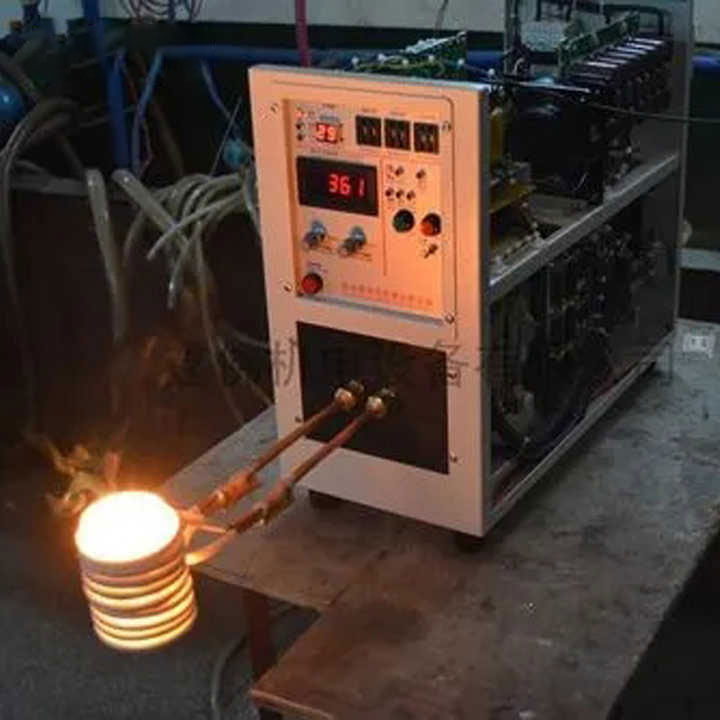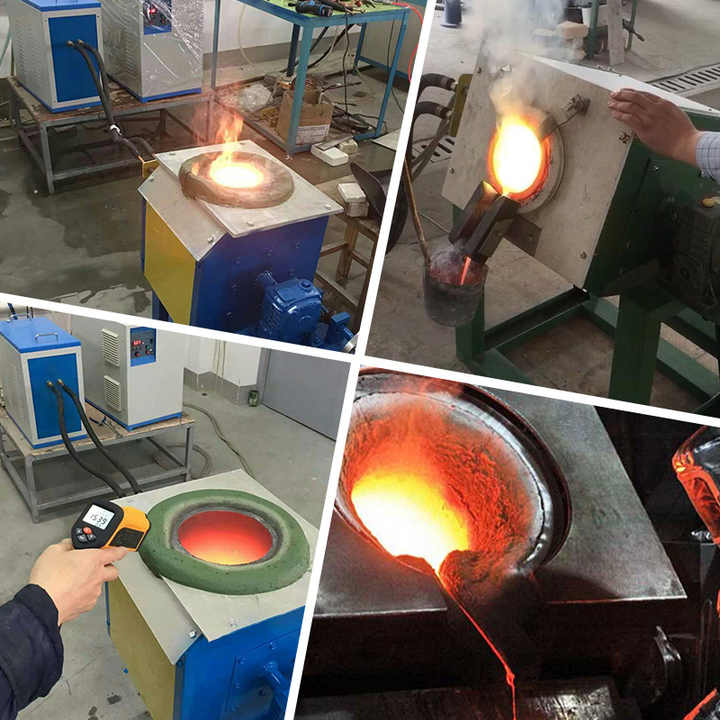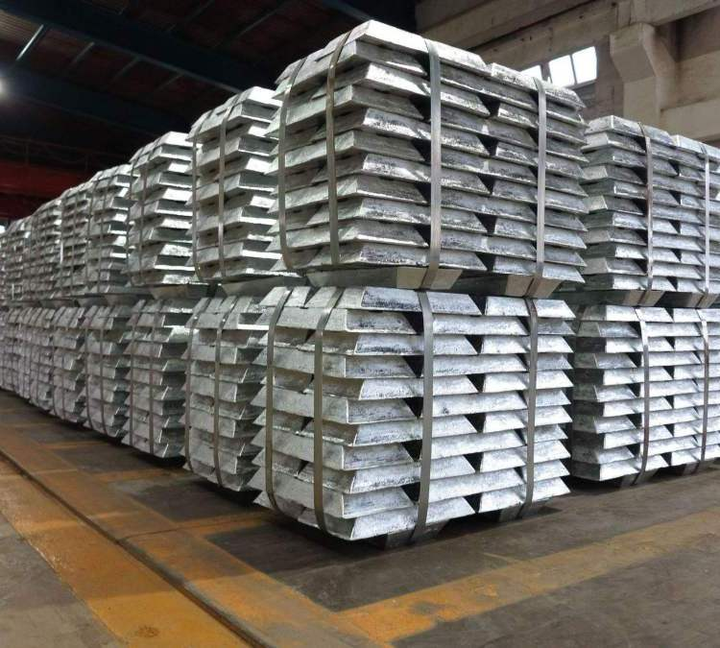mexican silver smelting plants
 A
A
Mexican Silver Smelting Plants Vital Part of the Global Silver Industry
Mexico is one of the world’s leading producers of silver, with a rich history of mining and metallurgy dating back to pre-Columbian times. Central to Mexico’s silver production are silver smelting plants, which play a crucial role in refining raw silver ore into usable forms. These smelting facilities are an essential component of Mexico’s silver industry, helping to meet the global demand for this precious metal.
The Importance of Silver Smelting in Mexico
Silver smelting plants in Mexico serve as the bridge between silver mining and the production of high-purity silver. Mexico’s mineral-rich regions, such as Zacatecas, Chihuahua, and Durango, have long been known for their silver deposits. After the raw silver ore is extracted from the ground, it must go through several refining processes, including smelting, to remove impurities and achieve the desired level of purity.
Smelting is a process in which ore is heated at high temperatures to separate the metal from non-metallic components. In the case of silver, the ore is melted, and unwanted impurities like sulfur and other metals are removed, leaving behind refined silver. Mexican silver smelting plants are equipped with advanced technology and expertise, allowing them to process large quantities of silver ore efficiently.
Key Regions for Silver Smelting in Mexico
Mexico’s silver production is heavily concentrated in a few key states, each home to several large-scale smelting plants. These regions include:
- Zacatecas: Known as one of the top silver-producing areas in Mexico, Zacatecas is home to both mining and smelting facilities. The state’s long history with silver mining has resulted in the development of efficient smelting plants that process ore from local and surrounding mines.
- Chihuahua: Another major silver-producing state, Chihuahua boasts modern smelting plants that contribute to both the domestic and international silver supply. These plants play a key role in processing silver extracted from the area’s mines.
- Durango: In Durango, silver smelting plants have been crucial in refining silver ores from the state’s significant mining operations. These plants help transform raw materials into high-purity silver products used in various industries worldwide.
The Smelting Process in Mexican Plants
Mexican silver smelting plants typically use several steps to extract and purify silver from mined ore. The general process involves the following stages:
- Ore Concentration: Silver ore is first concentrated by crushing and grinding the raw material. This process increases the silver content by separating it from less valuable rock.
- Smelting: The concentrated silver ore is then heated in a furnace. During smelting, chemical reactions occur that help remove unwanted metals like lead, zinc, and copper. These impurities either evaporate or form a slag, leaving behind a molten silver mixture.
- Refining: Once the silver is smelted, it undergoes further refining processes to achieve high purity. One common method used in Mexican silver smelting plants is electrolytic refining, which can produce silver of up to 99.9% purity.
- Casting: The refined silver is then cast into bars, ingots, or other forms suitable for sale and use in various industries, such as jewelry, electronics, and coin production.
Economic and Environmental Impact
Silver smelting plants are critical to Mexico’s economy. They provide employment for thousands of workers and contribute significantly to the country’s export revenues. The silver produced in Mexico is sold to international markets, where it is used in a variety of applications, from industrial components to investment assets.
However, the smelting process does come with environmental challenges. The high temperatures required for smelting release greenhouse gases and other pollutants into the atmosphere. To combat this, many Mexican silver smelting plants have invested in cleaner technologies, such as improved furnace designs and emission control systems, to reduce their environmental footprint.
The Role of Mexican Silver in the Global Market
Mexico is the world’s largest silver producer, accounting for nearly 23% of global production. The silver refined in Mexican smelting plants is vital to global markets, especially in industries that require large quantities of this metal. Silver is essential for electronics, solar panels, medical devices, and jewelry manufacturing, among other applications.
Due to the importance of Mexican silver, any disruptions in the country’s smelting industry could have significant impacts on the global silver supply. The continuous operation and advancement of Mexican silver smelting plants ensure a steady flow of this valuable metal to meet global demand.
Mexican silver smelting plants are a cornerstone of the country’s silver industry, transforming mined ore into refined silver that is used around the world. Located in regions like Zacatecas, Chihuahua, and Durango, these plants utilize advanced techniques to process large volumes of silver ore, ensuring a consistent supply of high-purity silver to international markets.
As Mexico remains a top silver producer, the country’s silver smelting plants will continue to play a critical role in shaping the future of the global silver industry. While these facilities face challenges related to environmental impact, ongoing improvements in technology and practices are helping to mitigate these issues while maintaining Mexico’s position as a global leader in silver production.

















